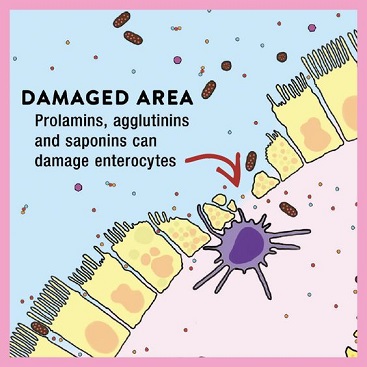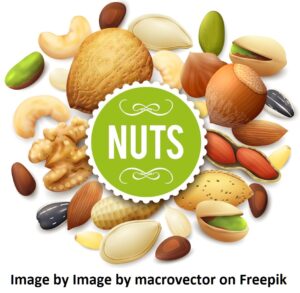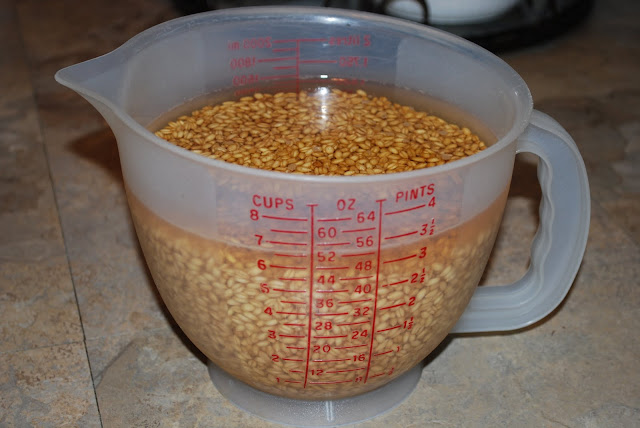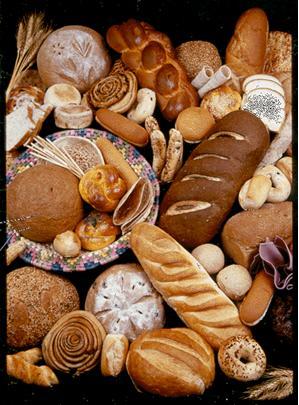Antinutrients - in the seed coats of grains, legumes, nuts and other seeds
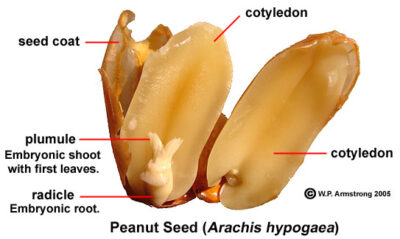
What are antinutrients?
These are substances in food that interfere with the ability of the body to digest, absorb or utilize a nutrient. Common examples include phytic acid, lectins, enzyme inhibitors and tannins.
Antinutrients are present in the seed coat and cotyledons of all WHOLE grains, legumes, nuts and other seeds, in addition to some fruits and vegetables, to protect them from insect or microbial predators until conditions are right for them to germinate and grow. Consumed to excess, especially if not properly prepared, these antinutrients can interfere with nutrient digestion and absorption, sometimes with serious health consequences. Many cultures, including Western cultures, tend to load up on wheat, rice, corn and beans, and vegans / vegetarians eat a lot of nuts and beans as a source of protein amino acids.

Possible health consequences of consuming antinutrients
Several antinutrients inhibit digestive enzymes. Such antinutrients Include phytates, lectins and tannins, found in most beans and many grains, which have been found to inhibit the digestive enzymes for protein, carbohydrates and fats. E.g. Enzyme inhibitors inhibit the pancreatic protease enzymes, trypsin and chymotrypsin, which break down proteins during digestion. This obviously affects protein metabolism and can induce pancreatic hyperactivity. The potential for health problems due to overconsumption of enzyme inhibitors is wide ranging, including allergies, arthritis, gastrointestinal symptoms and more;
Antinutrients in Improperly prepared WHOLE grains, seeds, nuts, legumes, and fractionated grain products (E.g. bran, wheat germ, naked starch) cause GI tract problems. E.g. irritable bowel syndrome (IBS), Crohn’s disease, colitis, colon cancer, celiac disease and associated mental disorders, and many other health problems;
Grains also contain mycotoxins:
- Produced by fungus during growth. Prevalent in corn and wheat, and also present in barley, sorghum, peanuts, rye, and cottonseed.
- Immunosuppressive
- Neurotoxic. Can damage brain and nerves, causing neurological dysfunction, such as in M.S., Parkinson’s, Alzheimer’s, and Lou Gehrig’s disease.

Foods containing significant amounts of antinutrients should be properly prepared
Grains, legumes, nuts and other seeds and other foods containing a significant amount of antinutrients should be properly prepared before consumption to reduce your intake of the following anti-nutrients (especially necessary if you consume them on a regular basis):
- Phytic Acid -“Malabsorption Agent”. Mainly in grains, legumes, nuts, and other seeds, reduces mineral absorption, including magnesium, calcium, iron, copper,and zinc;
- Certain Lectins. These “Gut Wrenchers” are in all food plants, especially grains, legumes, nuts and other seeds; certain lectins can cause serious inflammatory problems and may be implicated in weight gain; Gliadin in gluten is perhaps the most renowned inflammation-causing lectin; also in grain-fed cow’s milk (A1 casein producers), (i.e. most grocery store milk); can cause a breach in the intestinal lining, so-called “leaky gut” leading to many of today’s health problems – – – allergies, asthma, arthritis, anemia, obesity, the list goes on.
- Goitrogens. E.g. in soybeans, peanuts; cause thyroid gland enlargement
- Tannins. A class of antioxidant polyphenols that may interfere with digestion of various nutrients.
- Oxalates. Bound to oxalates, causes some minerals to be poorly absorbed. E.g. calcium oxalate, primary form of calcium in vegetables, can reduce calcium absorption in uncooked spinach. PubMed
- Alkylrecorcinols
- Complex sugars. Indigestible by human metabolism.
Most marketed whole grains, nuts, seeds and legumes or products containing them are not properly prepared to remove phytate. if you are unable to purchase products that have utilized appropriate preparation methods to remove antinutrients, buy unprocessed/raw ingredients and prepare them yourself.
How to prepare whole grains: Soak + Sour or Sprout before cooking
How to prepare legumes /beans: Soak + Sour or Sprout before cooking















